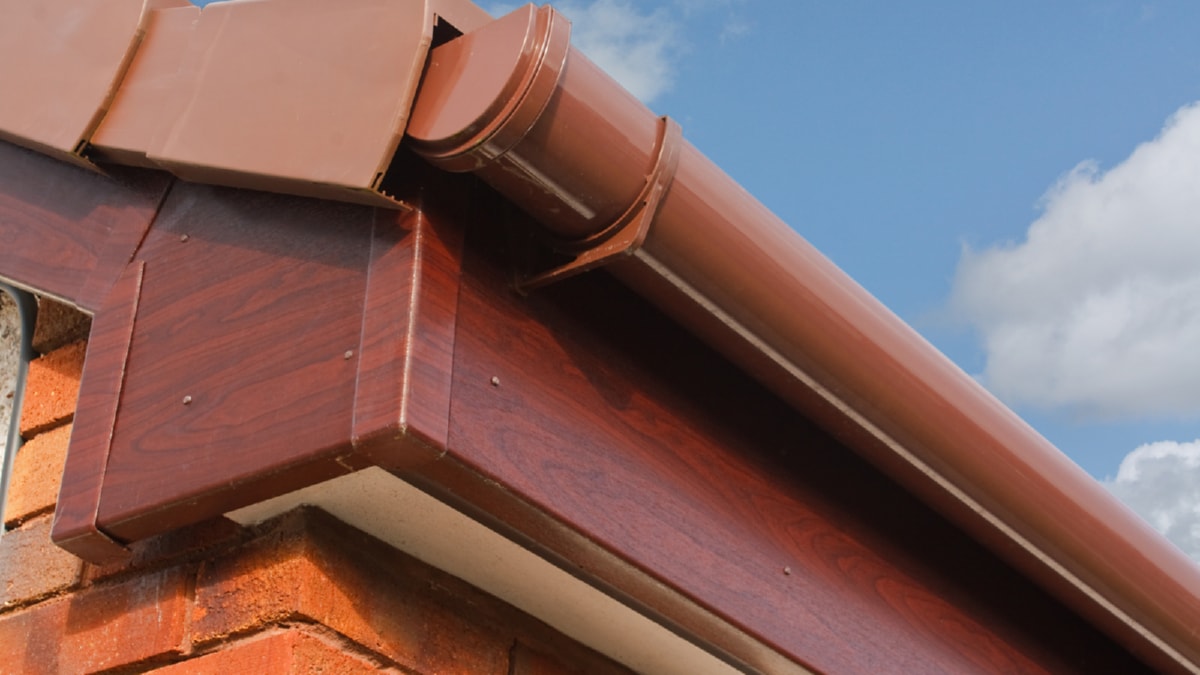The construction industry has seen a paradigm shift, thanks to the advent of green building techniques. This new approach to construction is not just about building structures but about considering the environment, efficiently using resources, and reducing the carbon footprint. This article explores the latest advances in green building techniques, leading the way towards a sustainable and eco-friendly future.
Firstly, one of the most innovative and promising green building techniques is the use of renewable materials. Such materials are either recycled or renewable and include bamboo, recycled metal, and precast concrete, which are not only durable but also energy-efficient. For example, bamboo, which grows rapidly and absorbs carbon dioxide at a higher rate than trees, is being used extensively in construction.
Another groundbreaking technique includes building energy-efficient structures. This involves constructing buildings in a way that they consume the least amount of energy. One way to achieve this is by integrating energy-efficient windows and insulation that help maintain an optimal temperature, reducing reliance on artificial heating and cooling systems. Moreover, the use of energy-efficient appliances further supports this cause. Solar panels have also become a popular addition to buildings, allowing the harnessing of solar energy, further reducing dependence on non-renewable sources of energy.
Water efficiency is another key aspect of green building techniques. This involves designing buildings in a way that they use the least amount of water. Rainwater harvesting systems, greywater recycling systems, and installing water-efficient appliances are some of the ways to achieve this. For instance, greywater recycling systems treat and reuse water from showers, sinks, and washing machines for toilets and garden irrigation, saving a significant amount of water.
The concept of green roofs and walls has also gained momentum in recent years. These living roofs and walls are covered with vegetation, reducing heat absorption and improving air quality. They also provide excellent insulation, reducing the need for artificial heating and cooling.
Lastly, the use of smart technology in buildings is another recent advance. Home automation systems help in efficient energy management. For example, smart thermostats can learn occupants’ schedules and preferences, adjusting the temperature accordingly and saving energy.
A model example of green building techniques is the Bullitt Center in Seattle, known as the greenest commercial building in the world. It uses 100% renewable energy, a green roof, and composting toilets, demonstrating that sustainable building practices can be implemented on a large scale.
In conclusion, the latest advancements in green building techniques are a testament to how the construction industry is evolving. The focus has shifted from just building structures to building sustainable and energy-efficient buildings. The use of renewable materials, energy-efficient designs, water-efficient practices, green roofs and walls, and smart technology are leading the way in this green revolution. While these techniques require a higher initial investment, the long-term benefits in terms of reduced energy bills and a healthier environment make it a worthwhile investment. The future of construction lies in green building, and it is time we embrace these advances for a better and sustainable future.
For more details, check best masonry services or visit their business listing here.



